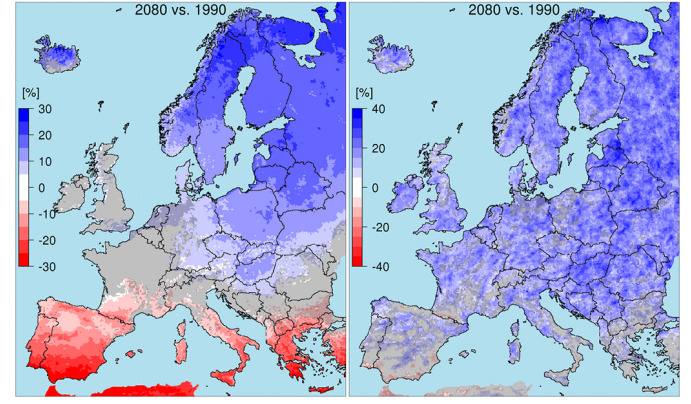

This seems like common sense, and to most people it is. Depending on where your opponents start you could easily have a very broad coalition of cities before you ever really encounter your opponents on the battle field. Madrid, London, Dublin, Zurich, and even Berlin are exceptionally close. Look at how many cities are only one neutral territory away. You should have no trouble taking over nearby cities without worrying that your other opponents will attack your newly-won cities.

Many players avoid this early as a way to build resources. Unlike classic Risk, conflict is not always part of a turn. Most people that I play against tend to avoid conflict early in the game. In my experience, this is usually a pretty easy strategy to implement. Related Article: Strategies for the original Risk board game This will only serve to help you later as you continue in the game. Also, if you can build a wide tax base in multiple cities before you start to tax, you can collect more coins per tax. Importantly, when you’re the first one to expand in to a city you get a coin bonus for being the first player in that city. In my opinion, expanding to nearby cities as early as possible is a more helpful strategy than sitting on your laurels and building up your resources in just one or two cities. Many people struggle with strategy when they first play this game, so having a strategy going in should help you win. I am going to assume that you know the rules so that we can get on to the strategy. I could write an entire article about the rules of this game, but that’s not the point here. Tips for Building your Risk: Europe Strategy Oh wait, that’s me! Keep reading to find my strategy tips. If only there was someone who had spent way too many hours doing this. Find someone who has spent a lot of time playing the game and figuring out a lot of the strategy. Or, and hear me out here, you can read an internet article. It really is necessary to play the game multiple times in order to flesh out your strategy. Go too deep in to economic strategy and you won’t get a lot of the “world domination” aspect of the game. Go too deep in to Risk and you’ll miss a lot of the necessary economic elements. There are enough different elements from multiple games that it can be hard to form a coherent Risk: Europe strategy. Resource collection is paramount in these games, and Catan is definitely the most widely-known game of this style. European-style games are what I call “economics” games. Games such as these don’t emphasize the need for resource collection. These are games like Battleship or most card games. American-style board games are what I call “brute force” games. This really is a great mix of American-style and European-style board games.
/pic3935098.jpg)
If you’ve played Axis and Allies you may recognize a lot of the game play. Risk: Europe strategy is very different from the classic Risk due to the many differences in game play. I’ve spent the past 6 months playing and learning this fantastic game. It wasn’t until I was offered the chance to write this article that I actually played this game. That wasn’t enough to make me choose to buy it. I assumed, wrongly, that it was exactly like classic Risk but set only in Europe. Risk: Europe didn’t exactly catch my attention when it was first released. I made sure that I bought classic Risk first when I started building my own board game collection. it really mixes luck and strategy to win. No two people that I know play the game the same way. I absolutely love the deep strategy involved, and I love that everyone that i know absolutely swears by their own strategy. If I was told that I could only play one board game for the rest of my life, it would be Risk.


 0 kommentar(er)
0 kommentar(er)
